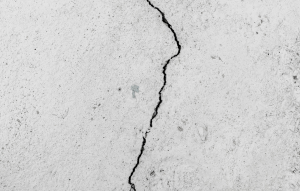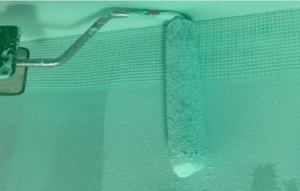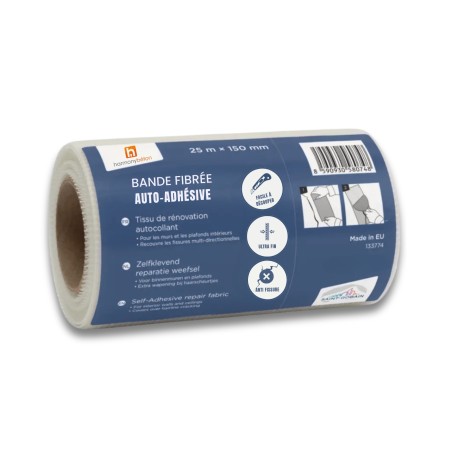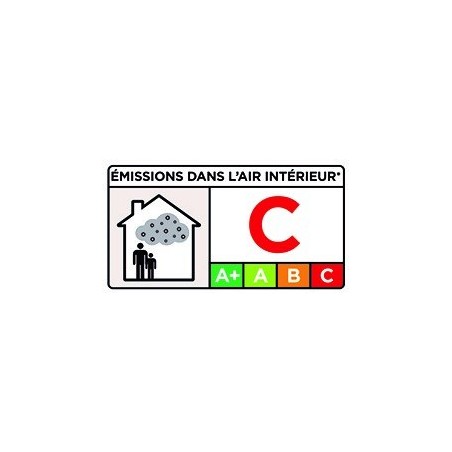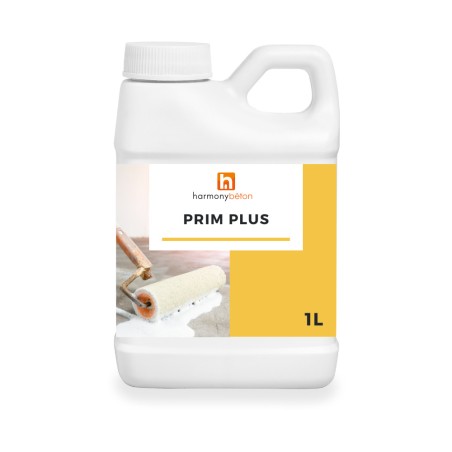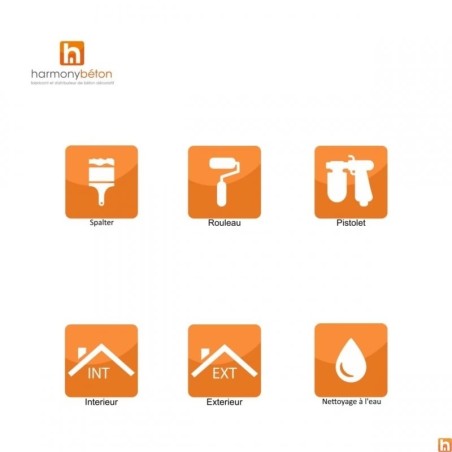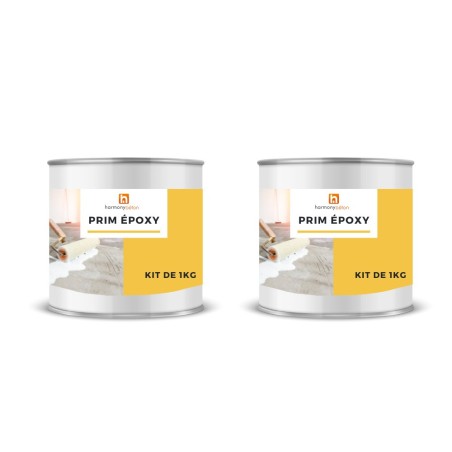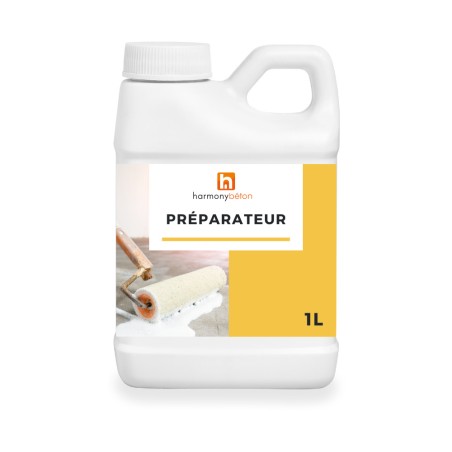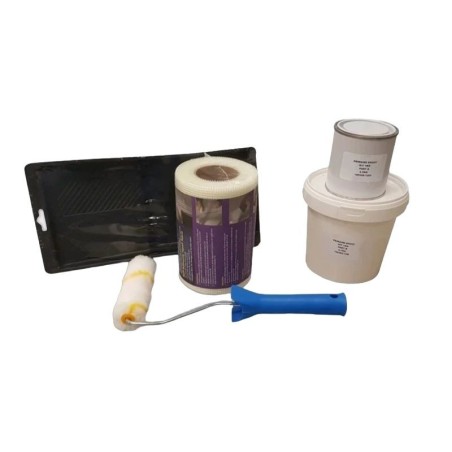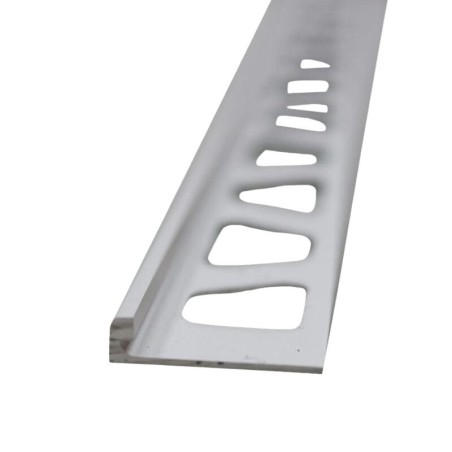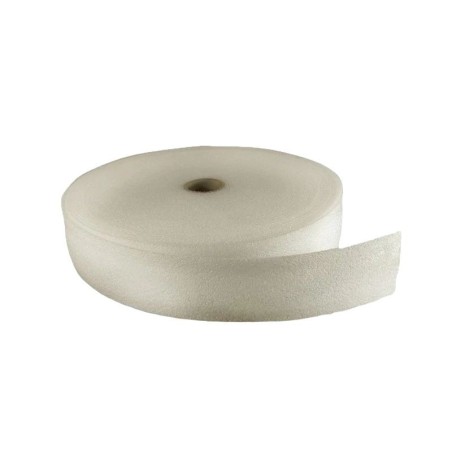Universal Prim Granite is a ready-to-use bonding primer specifically designed to enhance the...
Price
€7.07 tax incl.
13 avis
The Tile Adhesive Mortar Kit, a flagship renovation product, can be applied directly to your old...
Price
€24.38 tax incl.
14 avis
Our waterproof underlay is a resin-sealing non-circulatory and collectible, resin-based liquid...
Price
€53.76 tax incl.
8 avis
Self-adhesive fibreglass strip for patching cracks or reinforcing corners.
Price
€27.97 tax incl.
16 avis
This kit contains all of the products to repair a crack in a concrete or a scratch coat.
Regular price
€66.00
Price
€59.40 tax incl.
8 avis
- -10%
- Pack
Repair mortar with base of hydraulic binder, modified by additives and resins of very high...
Price
€37.20 tax incl.
2 avis
Prim Plus is a water-based adhesion primer specially designed for non-absorbent, smooth, or...
Price
€4.27 tax incl.
7 avis
The Prim Adhesion Primer is a water-based bonding agent designed for porous or absorbent...
Price
€4.21 tax incl.
10 avis
Looking for a reliable solution to prepare your surfaces before application? The Prim Epoxy...
Price
€39.42 tax incl.
13 avis
Bag of dry sand of 0.4 à 0.8 mm granularity, ideal for adding sand to the epoxy binding primer.
Price
€13.93 tax incl.
8 avis
The Surface Preparer is specially designed to prepare and enhance surface porosity before...
Price
€23.51 tax incl.
6 avis
Special Angle Kit for Bathrooms, Kitchens, and Stair Nosing
This kit allows you to:
- Repair or waterproof the angles of shower walls.
- Bond a...
Regular price
€74.27
Price
€66.84 tax incl.
7 avis
- -10%
- Pack
Mesh glass fibre which is highly resistant with acrylic adhesive. Easy to apply. Resists...
Price
€10.26 tax incl.
3 avis
Expansion joint 100cm long 4.5mm high. Perfect for respecting existing expansion joints when...
Price
€22.98 tax incl.
3 avis
Stop joint 100 cm long and 4.5 mm high. Perfect for stopping for example at the threshold of a...
Price
€18.30 tax incl.
3 avis
Arrest Joint 2 mm for polished concrete. L 100 cm
Gasket stop 100 cm long and 2 mm high. Perfect for stop for example at the threshold of a door...
Price
€18.06 tax incl.
2 avis
This 250 mm complete roll is the perfect tool for the application of finishing layers on your...
Price
€12.36 tax incl.
17 avis
Peripheral strip creates a division between your floor and walls, so as to prevent cracking at...
Price
€32.05 tax incl.
3 avis




